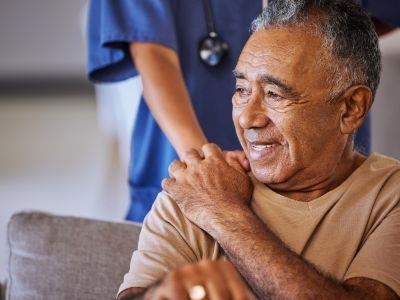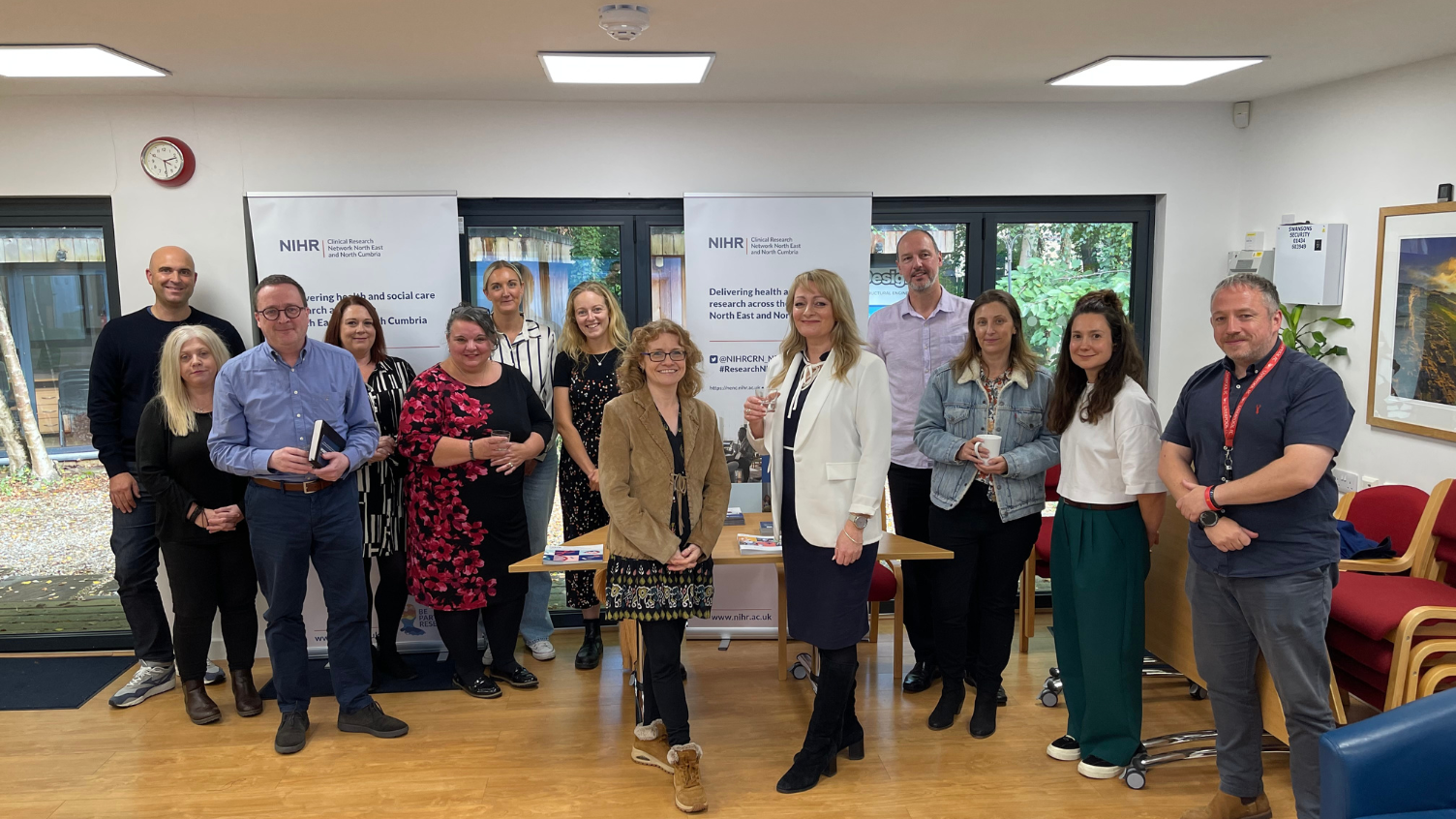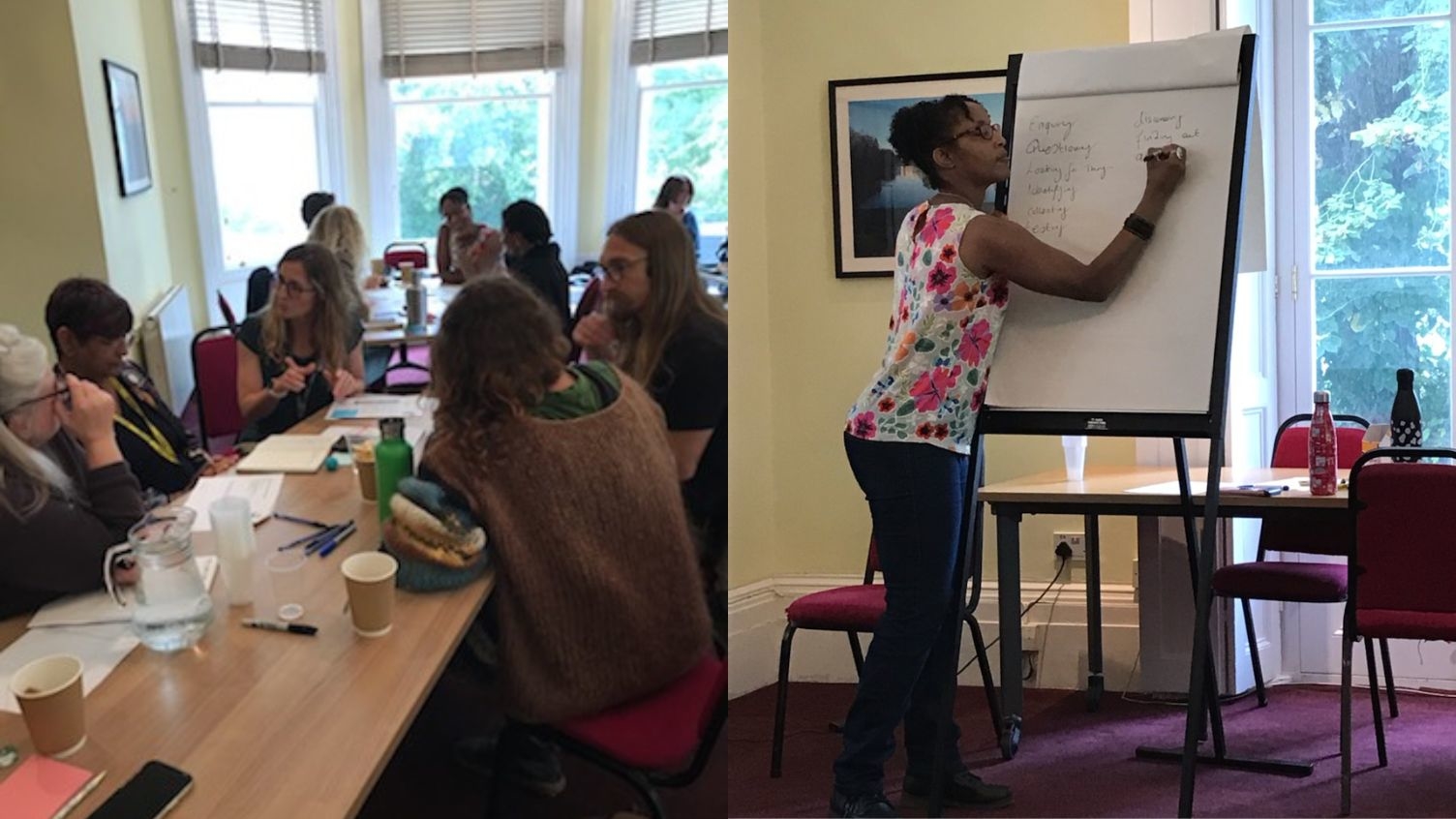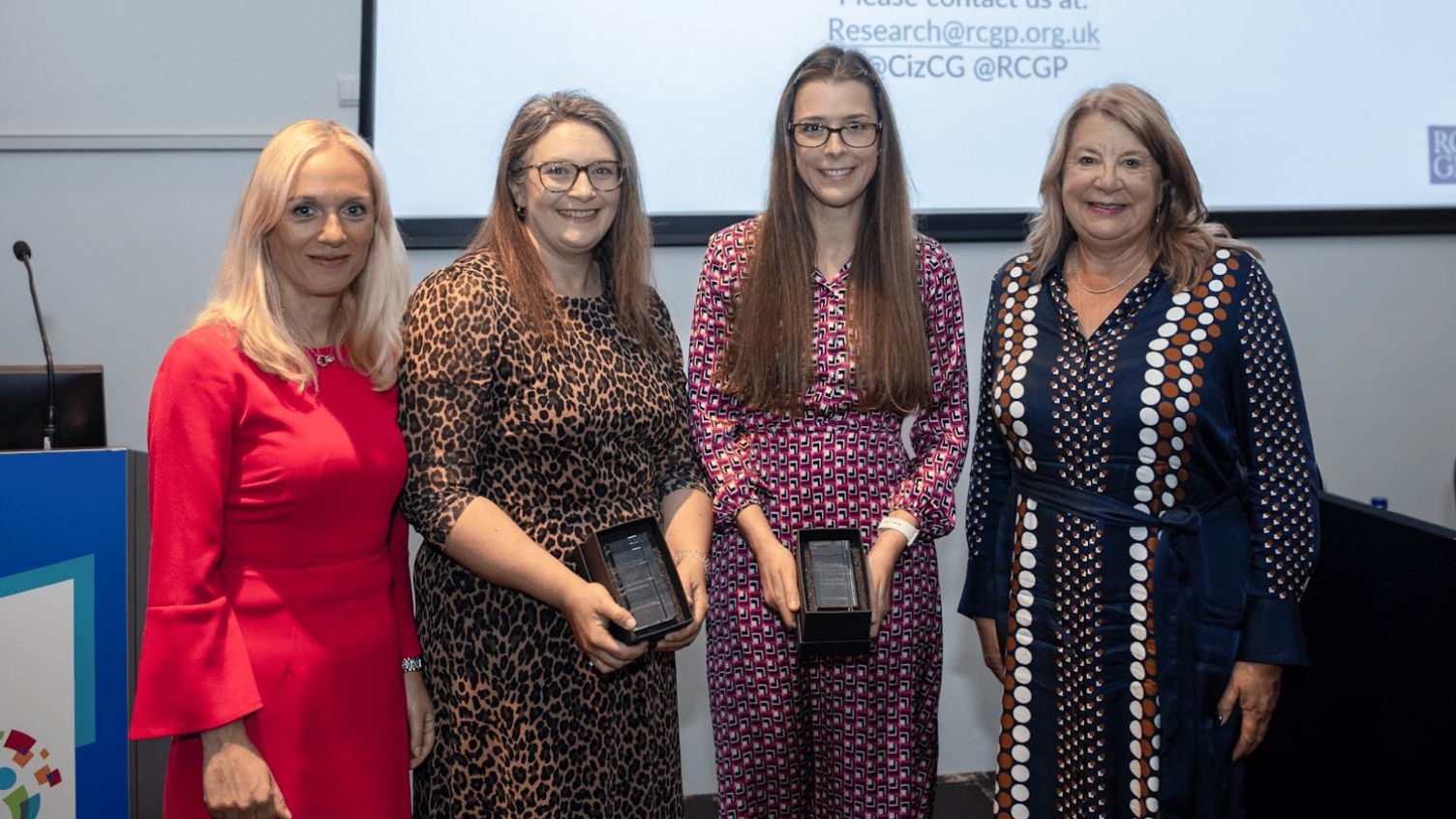Finding communities that are under-served by research
- 13 August 2024
- 7 min read
Making research accessible and inclusive to the wider community is an important part of building equality within healthcare access. Southern Health NHS Foundation Trust (SHFT) and Hampshire Hospitals Foundation Trust (HFFT) came together to initiate a study to explore the under-served populations of Mid-North Hampshire and to find out how they could be accessed to improve research outcomes and opportunities for all. We spoke to Jemma Austin, Clinical Research Occupational Health Therapist for Southern Health NHS Foundation Trust, to see how her work is impacting research projects within the region.
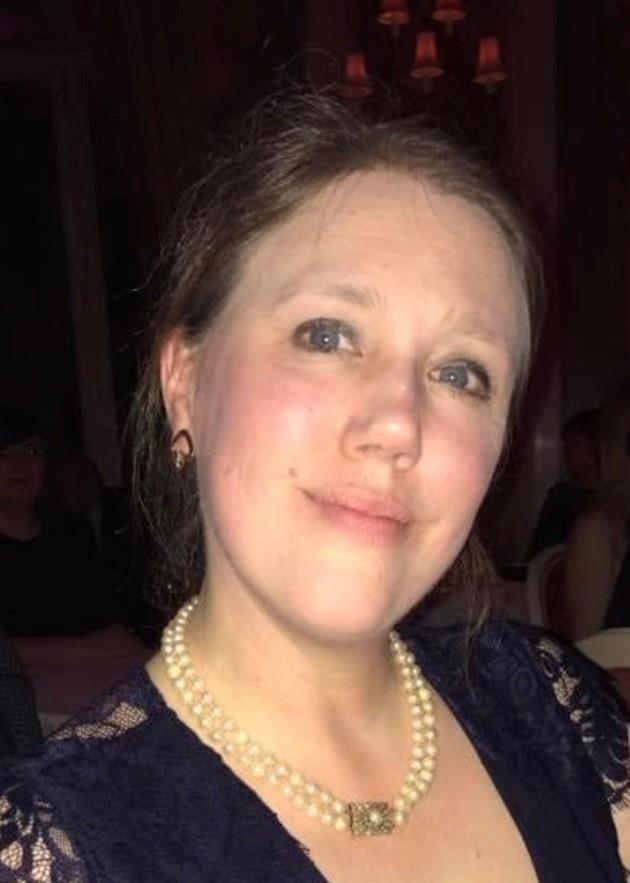
Reaching communities that are typically under-served by research
It’s important that we reach out to more diverse communities within the Mid-North Hampshire area, because the under-representation of ethnic minorities in clinical trials affects the generalisability of study findings. Ultimately, this contributes to inequities in access to healthcare.There are also noticeable ethnic disparities in reported mental health outcomes which impacts improving clinical practice. We needed to find out who our under-served communities were and find out why we were underserving them. It’s important we understand everyone’s health needs to make a difference to their wellbeing.
We’d also noticed barriers to participation in trials around mental health and/or psychiatric interventions. Stigma attached to discussing mental illness, anxieties related to understanding the implications of participation, worries about the effects of trial medications, as well as cost and time concerns, all create anxiety around taking part.
SHFT and HFFT submitted an application together for a researcher to support engagement of under-served communities in our Mid-North Hampshire patch. I was recruited to undertake the research over a four-month period from November 2022. The study began as exploring racially minoritised groups, but then expanded to under-served communities as I discovered more and more about who our population was and what problems they were encountering.

Analysing our population
There was no existing model for how this work should be done so I started by looking at population demographics in Mid-North Hampshire via the census. I looked at specific data and demographics I could extract from that such as ethnicity, gender, and economics. Anything that could impact peoples’ involvement with healthcare. But the census is only done in 10 year periods, so it was hard to gather all the information accurately. I began comparing that data with data we collect around clinical trials on EDGE, our research database. It’s used to log participants approached or accepted into trials and, while it’s not all complete, I was able to gather some more information on ages, races and gender to help build a picture of our population.
By looking at the data on the census and on EDGE, it became clear that we really do need to start engaging young people with health and wellbeing as we don’t have a lot of data on young people in our area. I want to try and make sure we’re reaching young people too. Because there was a limit to the data and how much I could learn from it, I began networking with the 44 local GP surgeries in our patch and seven areas of health visitors. I went along to the Health Visitors’ Working Action Group meetings to find out about their under-served communities – using their local knowledge to help build a better picture. They understand their community needs well and building relationships is important if we’re to reach people and help with early intervention. All these areas have safeguarding leads as well, so it was helpful to connect with them as they understand a lot about their vulnerable population and what their needs are. If we can work with children and family services, we can make a difference by embedding research early and maybe helping them to not need health services as much in the future.
I found out through these conversations that we have a lot of refugees living locally, as well as homeless and military communities that we’re also currently under-serving in our research and health support in general. These are communities which would be beneficial to engage with more. What was surprising for me, was that we are recruiting quite well from people with different ethnic backgrounds, but we still have big gaps in some ethnicities and communities. A focus on engaging people fromAsian/Asian British, any Mixed andBlack/African/Black British ethnic backgrounds is needed. It was so important to this research to learn that people from military backgrounds and teenage mums were vulnerable groups that we’re currently not reaching.There are also lots of rural areas in ourpatch, so gaining access to services can be a challenge for those people living more remotely.
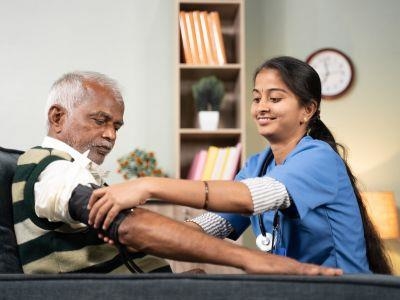
Growing participation in research
As part of this project, I used my newly made connections and understanding of our population to begin embedding research into the community. This study collaborated with HHFT on their Harmonie study – a study that looks at the effectiveness of a vaccination for babies against Respiratory Syncytial Virus (RSV). At the time I came into this position to help with the research, the challenge was recruiting out in the local community. They were mainly recruiting on hospital wards which limited the amount of people they were reaching. So, it was a good chance to get out into the community and gain access to our under-served communities within the area. When I initially met with HHFT Clinical Researchers at the end of December 2022, recruitment for Harmonie was 65 in total with a target 100. At the end of my research period (March 2023) the recruitment was 128 patients overall.
Another fantastic example of how we’re using this study to reach new populations and adapt our research approaches is CaFI (Culturally-adapted Family Intervention). CaFI therapy is being evaluated in a Randomly Controlled Trial (RCT) with African and Caribbean heritage service users diagnosed with Schizophrenia and related psychoses compared with the usual treatment they would experience. Our Project Co-ordinator has worked collaboratively, engaging in local church community groups for carers and service users, embedding research for this trial. He also organised a promotion day at the church, involving service users, carers and clinicians, promoting CaFI, where thesponsor joined online and we had an opportunity to eat food across different cultures. Around 80 people attended which was incredible.We’ve also had discussion around producing leaflets in different languages and using visual imagery for people with learning disabilities.
This research into our under-served communities wouldn’t have happened without collaboration. I’ve collaborated across trusts and GP surgeries, but it would now be nice to start collaborating further with the communities we serve and develop those relationships. An important next step for us it to become more embedded within the community and to create strong links with health visitors and safeguarding leads, so that we can reach more people and engage them with research. Accessing more funding, to develop these networks and to continue to scope our population and understand their problems, means that we will beable to embed research into day-to-day practice so that it becomes familiar and reduces any stigma that people associate with it.
It would also be great to start collaborating via the EDGE database so that we can use it to its full potential, collecting data on our population that will help us understand our under-served communities further. In the future, we're hoping to use one of the Wessex Research Buses to access our rural and under-served communities. To travel around and engage people with their healthand wellbeing, would highlight how important it is that everyone has access to a safe space to take part in research if they wish. We’re beginning to engage with Practice Managers so that we can put posters and leaflets up for our studies in GP surgeries across the area and it would be wonderful to link up with schools to further talk about health which would then lead into the wider community and research.
Ultimately, what we want is for our communities to access health services and research earlier, so that we can help them earlier and alleviate their problems.
